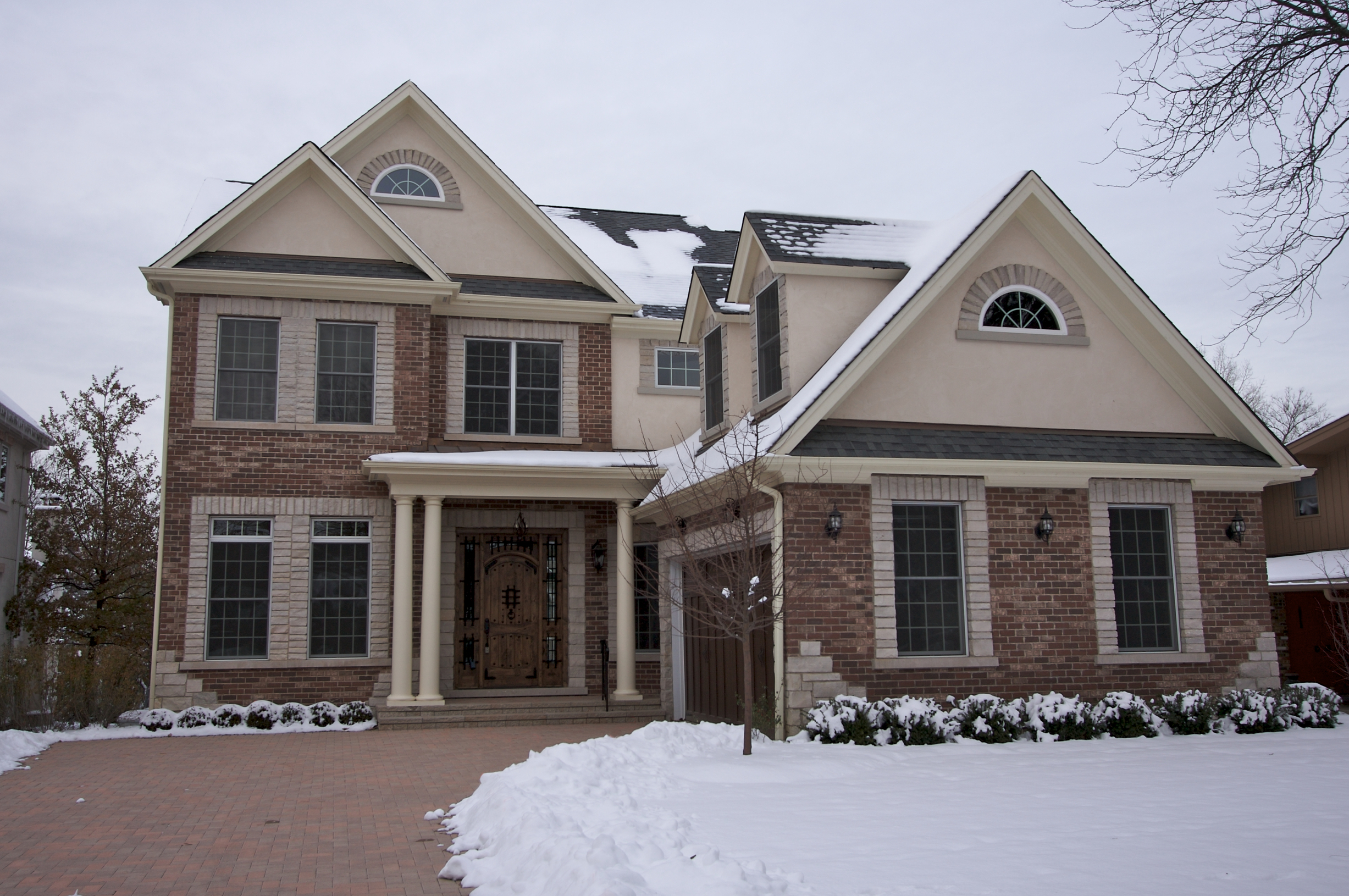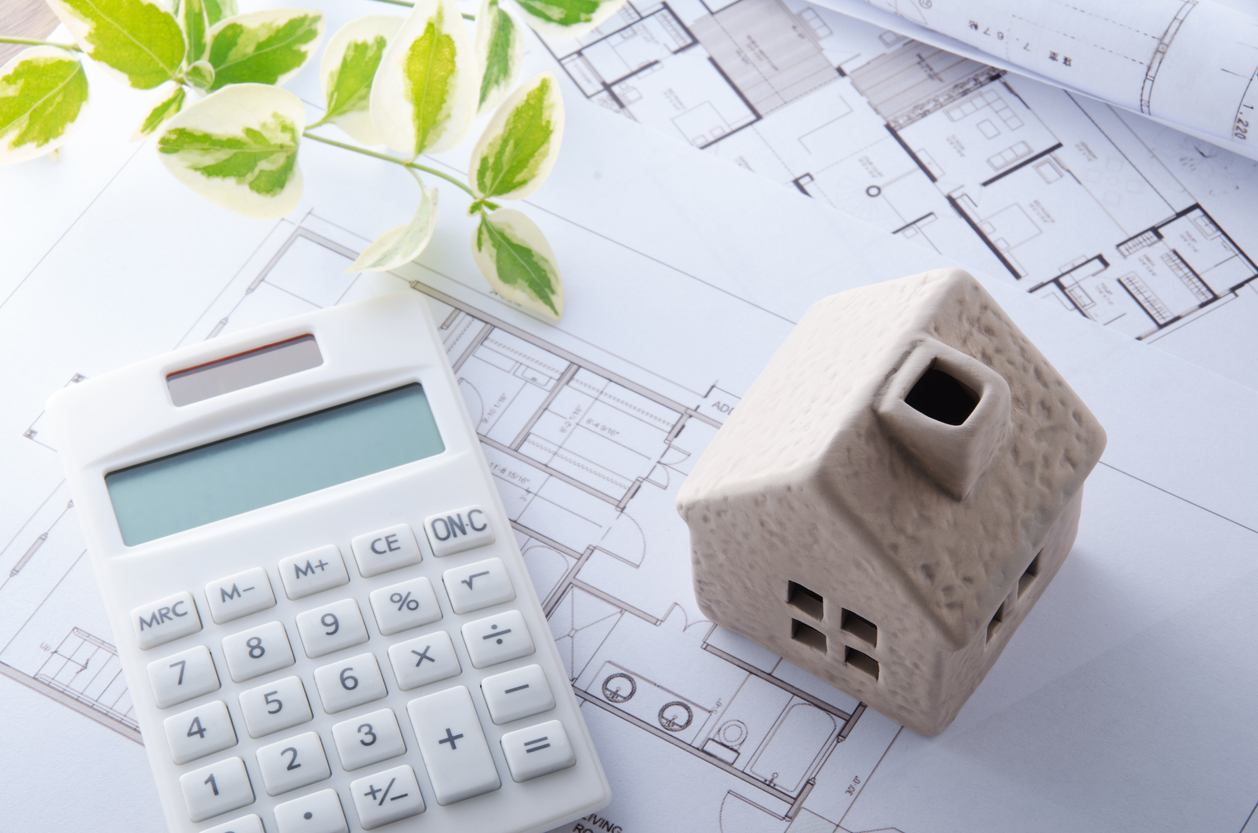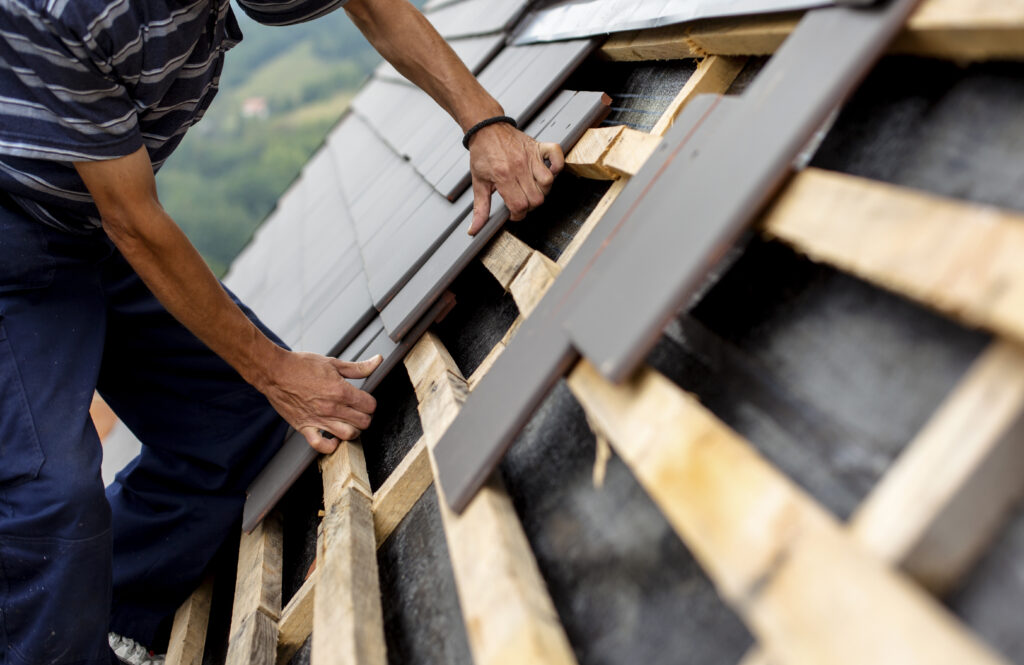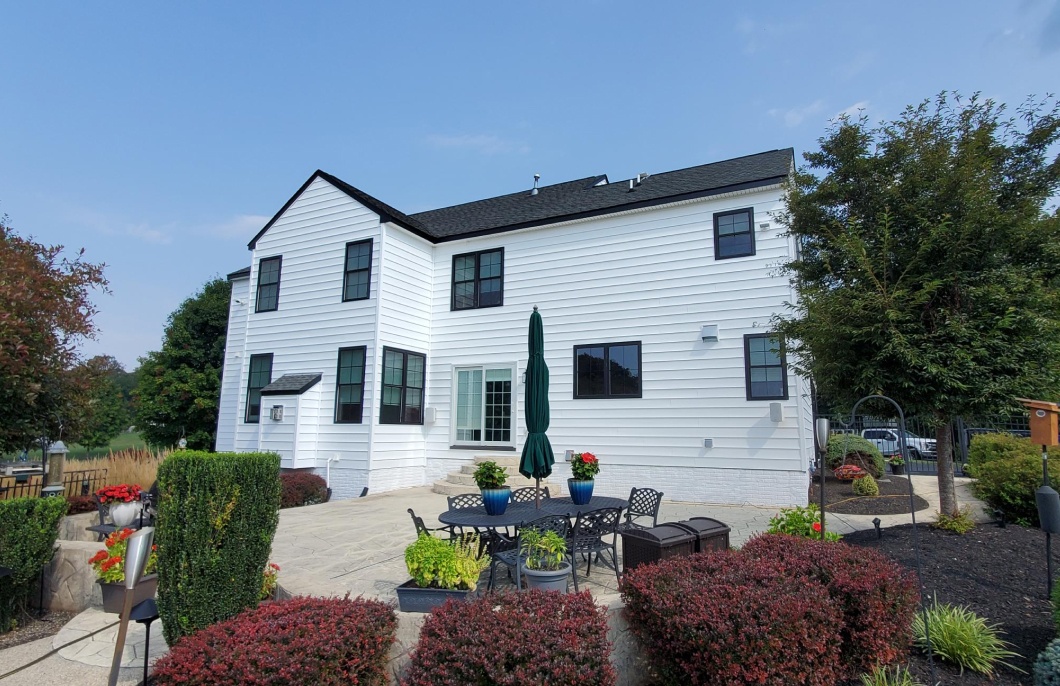How to Weather the Winter Cold – Home Energy Tips
Temperatures in the single digits…not one, but several rounds of arctic vortex weather events last year…the weather in Maryland and Virginia can be extreme. Sustained frigid weather may be the norm for people living far to our north, but for those of us here not so much! Not only does extreme weather wear on us physically, it wears out our wallets, too. When temps dip down into the teens and below, our home heating systems are forced to work extra hard to accommodate. So what’s the best way to keep your family warm and not blow your budget on energy bills? We have a few helpful tips…
Insulate
The #1 way to keep the cold out, and the warmth in is insulation. And when it comes to insulating your home, there are several areas to pay close attention. We’ll start from the top down.
- Attic Insulation – The largest area of heat loss in most homes is through the roof. Heat rises, so naturally the first place it will try to escape is up to your attic and through the roof. Investing in high quality, high R-value insulation won’t break the bank and it will provide a substantial energy savings. At S&K, we recommend using AttiCat blown-in attic insulation from Owens Corning. Just 15.5 inches of AttiCat Insulation can save you up to 20% on your heating and cooling costs. Fiber glass insulation is non-combustible and non-corrosive by nature, which means that it will never settle or lose its energy-saving abilities. In addition, AttiCat offers an incredible R-49 value rating – the recommended attic R-value rating for the Maryland climate zone. For more information, visit our Maryland attic insulation page.
- Siding Insulation / Wall Insulation – When homes are built, contractors insulate the space between the exterior and interior walls with either blown-in or rolled insulation. This greatly decreases air’s ability to come from the outside in, and it helps keep water pipes from freezing. Pretty standard stuff. But did you also know that there is such a thing as insulated siding? Unlike standard vinyl siding which is made from a single layer of formed vinyl, insulated siding is backed with a foam-like substance. This added layer works like a blanket, blocking cold air from making its way behind siding. Another added benefit of insulated siding in noise reduction. Insulated siding acts a bit like the foam walls you see in recording studios, helping to block outside noise. Learn more about the benefits of this type of siding on our Maryland insulated siding page.
Replace Drafty Windows and Doors
- Energy Efficient Windows – If you have old or inexpensive windows, you have most likely at one time or another been shocked to stand near a window and feel a ‘breeze’…when the window is closed! Poorly installed windows, windows with single pane glass, and windows that have wood or non-insulated frames are susceptible to energy loss. In winter, not only does cold air come into your house through low efficiency windows, your precious heat escapes! Today, innovations in energy efficiency have lead the way for replacement windows that help keep your home warm in winter and cool in summer. S&K recommends double-paned windows with insulated frames for maximum efficiency. And just as important as the window itself is its installation. Be sure to have replacement windows installed by a professional. S&K offers the very best in replacement windows in Maryland. Learn more about these windows and energy efficiency on our Maryland replacement windows page.
- Doors – Much like windows, the doors in your home are prone to energy loss through poor installation and poor quality. Entry doors and sliding doors should be well made and installed to be sure that you’re not losing energy. And when it comes to entry doors, and added layer of protection can be put into place with a storm door. As the name suggests, storm doors help keep the elements out, and your energy in. Learn more about the doors that S&K carries on our Maryland doors page.
Consider an Alternate Heat Source
- Fireplaces, Stoves and Inserts – Another way to help combat high energy bills is through the installation of an alternate source of heat — namely a gas, wood or pellet fireplace or stove. Fireplaces and stoves can quickly and efficiently heat spaces like family rooms and large bedrooms, allowing you to keep your thermostat at a reasonably low rate. (Not too low, though – you want to be sure that those pipes don’t freeze!) Fireplaces and stoves come in a wide variety of styles from ultra contemporary to down-on-the-farm traditional. We recommend visiting the hearth experts in Maryland at Ace Hardware & Hearth. Learn more on their Maryland fireplace dealer page.
Beware Hidden Energy Hogs
- All Things Electric – While the Green movement has us more aware than ever of recycling and using energy efficient light bulbs, here are a few things you can do to reduce your energy usage even more. First, search your home for items that are plugged into the wall, but rarely used. Anything that is plugged into an outlet – even when turned off – draws a trace amount of electricity. Therefore all of those little things that are plugged in add up. Next, take a look at your electronic devices. In today’s always-on-the-go, always-in-touch world, it takes laptops, tablets, cell phones and hot spots just to keep up. And it takes electricity to keep those devices going. But if you’re like most, you are probably over-charging those devices. Over-charging not only can wear out the device itself more quickly, but it’s an unnecessary draw on your electricity. Check your devices frequently and when fully charged, unplug them. Additionally, when your computer is not being used, be sure that it is put into sleep or hibernation mode. This will greatly decrease its energy consumption. And finally, do like your mother always told you and turn those lights off when you’re not in the room!
- Hot Water – We all love a nice hot shower or bath, don’t we? Well that hot water comes at a price. And the older your hot water heater is, the higher that price is likely to be. If your hot water heater is more than 10 years old, it’s a good idea to have it checked by a professional. Hot water heaters generally last less than 15 years, so the 10 year mark is a good time to have it looked at. When you’re ready for a new hot water heater, look for those with higher efficiency ratings. And as common sense will tell you, when you are trying to conserve energy, make that daily shower just a little less hot, and a little shorter. Even a small reduction in time and temperature will make a difference. For hot water and plumbing needs in Maryland, consider our friends at AVS Plumbing & Heating in West Friendship. Visit their Maryland plumbing and heating page for more information.
So while we can’t solve the issue of arctic weather, we hope these tips on how to increase your home’s efficiency will help just a little. As always, if you have any questions regarding exterior home improvements, contact the home experts at S&K Roofing, Siding and Windows. Family owned and operated since 1980, S&K is here to help now, and for the long haul.
Stay warm!















